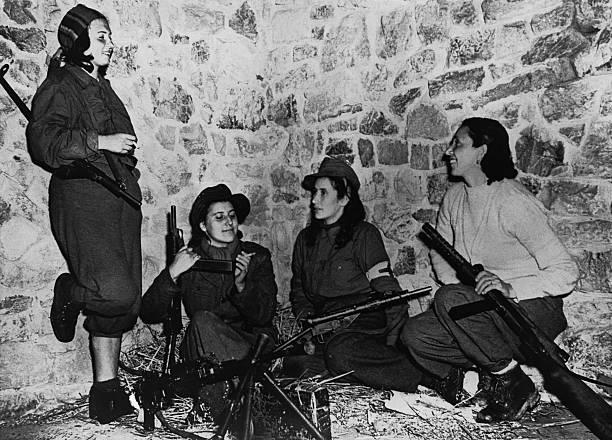
At the website of the recently launched Commune magazine, A. M. Gittlitz offers a brief history of anti-fascist resistance in Europe in the US, arguing that the contemporary manifestation of “antifa” is animated by different aims and historical circumstances than its predecessors. For this reason, suggests Gittlitz, the strengths and weakness of contemporary anti-fascist struggle are different than those of similar struggles from the past, and thus deserve to be evaluated on their own terms. Here’s an excerpt:
Antifa’s challenge now is to consider what they can do with the capacities they’ve developed. Part of this means shedding the encumbrance of being merely anti, and avoiding being seen, as an Anti-Racist Action founder turned antifa activist told Mark Bray for his Anti-Fascist Handbook, merely as “one extremist gang taking on another extremist gang.” The work of generalizing working-class self-defense fits easily with a broader revolutionary framework so long as those revolutionary objectives take precedence.
Many antifascists have come to similar conclusions about the limits of the antifa identity. In April 2017, a group of Atlanta antifascists travelled to the University of Alabama to counter a speech by Richard Spencer. They joined hundreds of other students furious that Spencer was on their campus, but their black bloc attire set them apart. The fascists, however, were able to blend into the crowd, seizing the “possibility for agitation that [antifa] had abandoned.” In the end, it was the Auburn students who successfully ran Spencer and his entourage off campus, while antifa were isolated as a group of ineffective activists.
Reflecting on this experience, some Atlanta antifascists have called for abandoning the black bloc as a default tactic in favor of a “gray bloc” that allows militants to blend into the crowd, allowing for new forms of solidarity. This tactic was used in Charlottesville, skewing the usual opposition between right wingers and black-clad antifa. The resulting media coverage offered a vision of the form of struggle necessary to actually win: a group of violent racists against an entire town that had decided to fight back. In moving forward, antifa and pro-revolutionary groups more broadly should continue to change their wardrobe, ideas, and targets, in an effort to build a more effective movement against the state and capitalism. Or, for anarchy and communism, if that is indeed really what they want.
Image: The anti-fascist Italian women’s group Gddd. Via libcom.org.